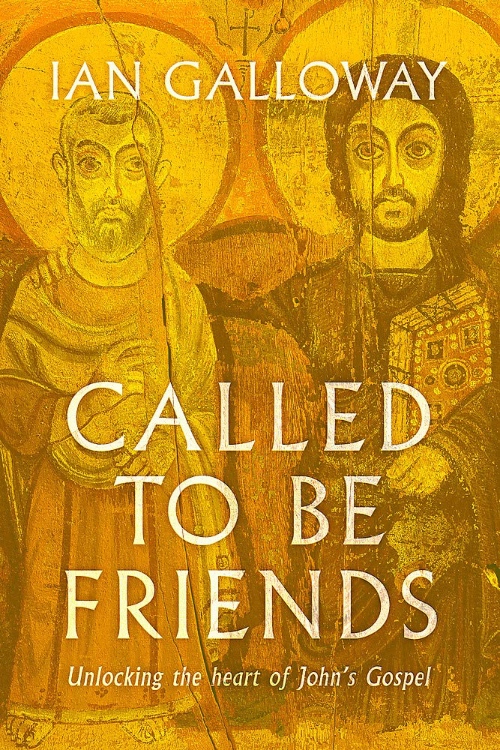Called To Be Friends by Ian Galloway
A literary analysis of the Gospel, which aims to show how and why John has written as he does
 Called To Be Friends – Unlocking the heart of John’s Gospel
Called To Be Friends – Unlocking the heart of John’s Gospel
By Ian Galloway
Hodder & Stoughton
ISBN: 978 1 529 35682 3
Reviewed by John Matthews
The publisher’s publicity sheet claims that this long book (330 pages), by the Director of the Free Church Track at Cranmer Hall, Durham and co-founder of City Church, Newcastle, is the result of new research which unlocks the pattern of John’s gospel. It comes with commendations from a variety of people including Lynn Green.
The author begins by saying ‘God wants to know you’ (does God not do so already?) and that ‘you have been called to be friends with Jesus’, which means that we can know God, because everything Jesus knows of his Father he makes known to us’. For him, John’s gospel answers the question ‘How does friendship with God work?’ (xii).
The book is a literary analysis of the Gospel, which aims to show how and why John has written as he does, and ‘grasping the structure of the Gospel will help you to meet with Jesus and deepen your friendship with God’ (xiv).
The author believes that John’s Gospel has been written as a literary temple with a series of narrative panels, each with the Old Testament underneath. ‘When you read John, you are also reading the entire Old Testament’ - although this isn’t always obvious.
In Part One ‘Friends of God’ Galloway expounds friendship, chapter 1 of the gospel, and outlines the structure of the book.
In Part Two ‘Creating the Space’, he takes us through the passages in chapters 1-14, though not in their order in the gospel. They are grouped according to categories; Demonstration, Invitation, Provocation, Contention, Declaration and Admission. The author explains that this scheme started with him noticing that the wedding at Cana is described as the first sign, and the healing of the Royal Official’s Son as the second sign, but there the numbering stops. He wondered if this was a literary device and says he had already come to see many such devices in the gospels. To explain things in detail would take more space than permitted for this review.
Part Three ‘Come Inside’ begins with chapters 15-17, a section which the author describes as ‘timeless time’, and goes on to discuss Jesus’ and resurrection, especially comparing John with the other gospels.
The Introduction refers to Part Four but there is none. Presumably this refers to the brief Conclusion, which begins by asserting that John’s gospel was written so that we can know Jesus. An odd statement when the gospel writer himself says that he has written so that his readers might come to believe in Jesus and have life in his name (20.31).
The writing style is clear and there are some diagrams, but I found the structure quite complicated and not all the diagrams helpful. Reference is made to an accompanying workbook, but I could find no details of this online.
This approach to John’s gospel was certainly new to me, and I marvel at the gospel writer’s creativity if he structured his writing as Galloway argues. Whether this approach has deepened my friendship with God, I am not sure.
John Matthews is a retired Baptist minister living in Rushden, Northants
Baptist Times, 12/11/2021